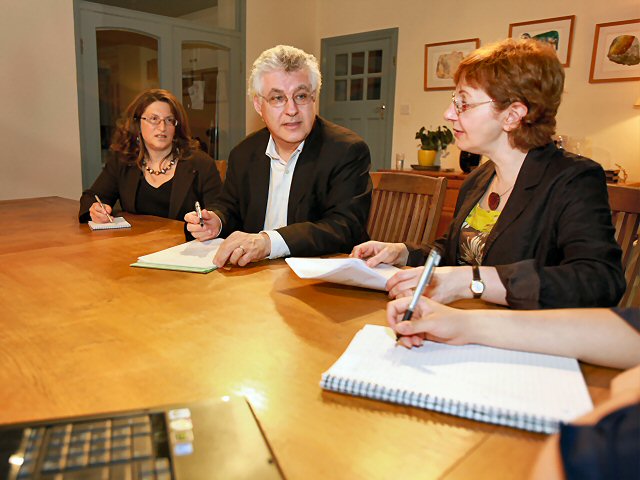Intellectual Property Law
Intellectual Property comprises a number of different rights, including:
- Copyright;
- trade marks;
- designs;
- patents; and
- confidential information.
 Although Intellectual Property is not tangible in the same way that a physical object or a piece of land is, nevertheless it is valuable property which can be bought, sold, licensed and exploited. Intellectual Property can generate substantial income or capital for businesses — if properly looked after. Intellectual Property Rights underlie a number of key industries, for example: the publishing industry, the music industry, the film industry and the computer hardware and software industries.
Although Intellectual Property is not tangible in the same way that a physical object or a piece of land is, nevertheless it is valuable property which can be bought, sold, licensed and exploited. Intellectual Property can generate substantial income or capital for businesses — if properly looked after. Intellectual Property Rights underlie a number of key industries, for example: the publishing industry, the music industry, the film industry and the computer hardware and software industries.
But Intellectual Property is important to most businesses — and to many individuals too. Just consider the following:
Copyright: Many businesses produce copyright works every single day — for example, business letters and e-mails, reports, charts, contracts, leaflets, press releases, drawings. Then there is the content of your website, your logo. The list is endless. So you can see that it’s not just media and entertainment businesses that are affected by copyright.
Trade Marks: Businesses, and the products and services offered by businesses, have an identity which they need to be able to distinguish from those of their competitors in order to gain advantage and be recognised by potential and actual purchases of their products and services. A trade mark is the way in which one business can distinguish itself and its offering from another business. This can be of benefit to any business.
Designs: Designs can be protected in various different ways, depending on what type of design they are and the geographic area in which protection is needed. The appearance of a product can be protected by a registered design. The shape or configuration of a product may be protected by a quite separate design right, which does not need to be registered.
Patents: Patents provide protection for an invention which is capable of industrial application. Many patents are applied for and owned by individuals — hobbyist inventors. Of course, the vast majority of patents are applied for by technology companies.
Confidential information: The law of confidence can protect trade secrets and important business information. It can prevent one of your employees walking away with the information necessary to set up in competition with your business. It can, in certain circumstances, protect ideas — which copyright cannot.
Businesses and individuals who own or generate Intellectual Property Rights need to know:
- Who owns the rights?
- How can the rights be protected?
- How can the rights be exploited to produce income or capital?
- What can be done if someone else infringes their rights?
- Whether they can “imitate” someone else’s work without infringing their Intellectual Property Rights?
How I can help
I advise businesses and individuals on the creation, ownership and protection of Intellectual Property Rights and on contracts for the transfer, licensing and exploitation of Intellectual Property Rights, concentrating primarily on copyright, trade marks, designs and confidentiality.

